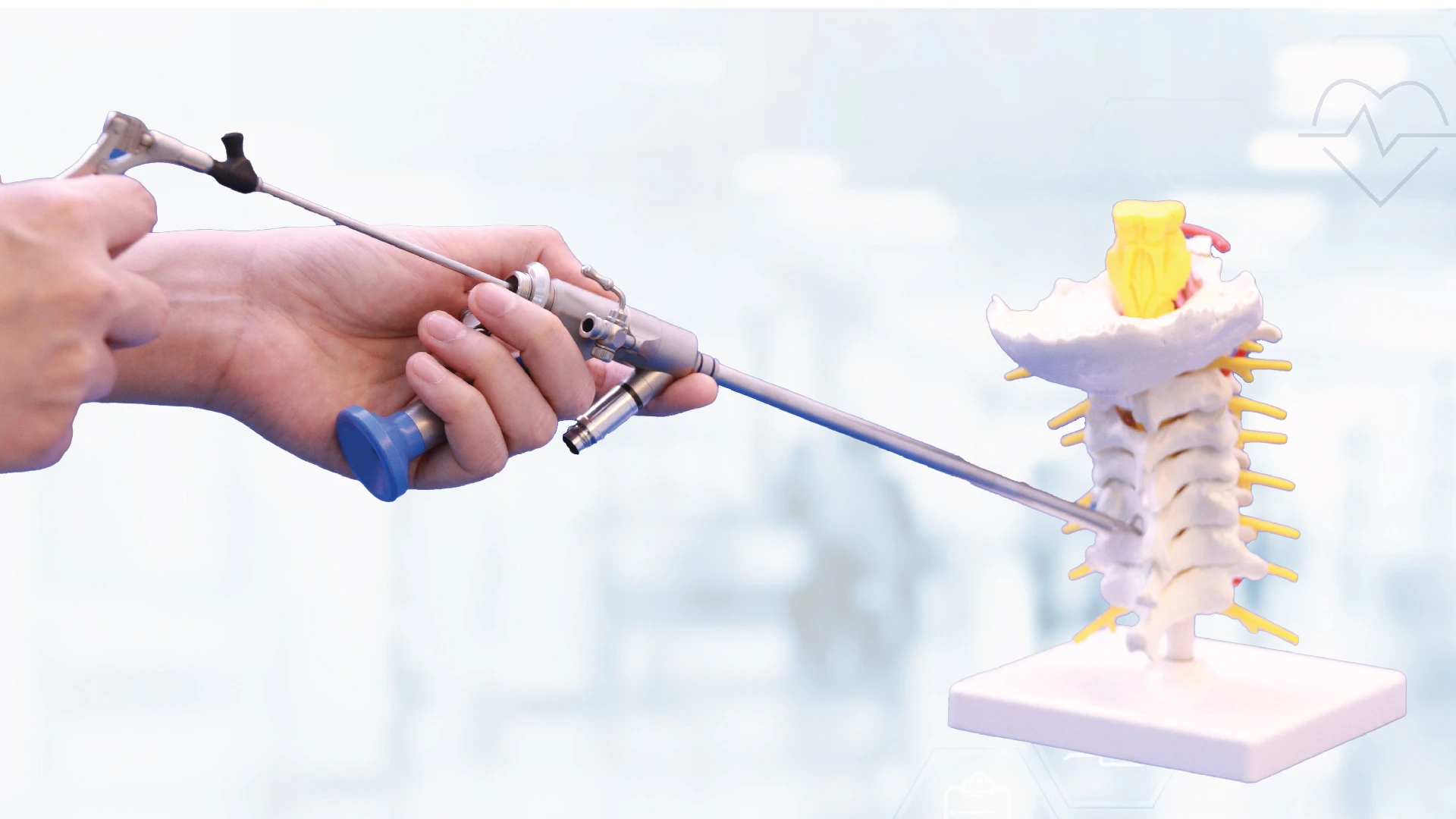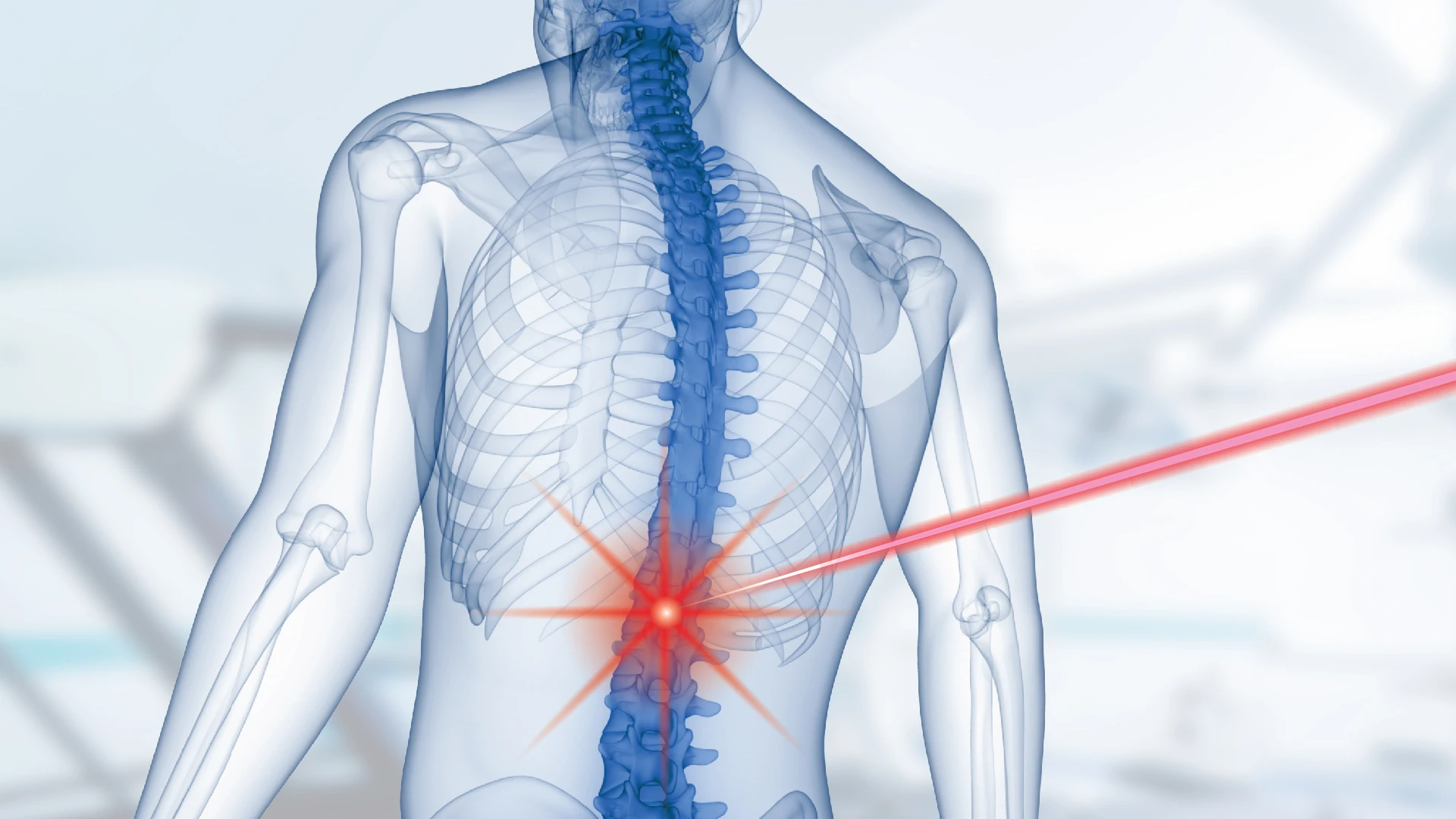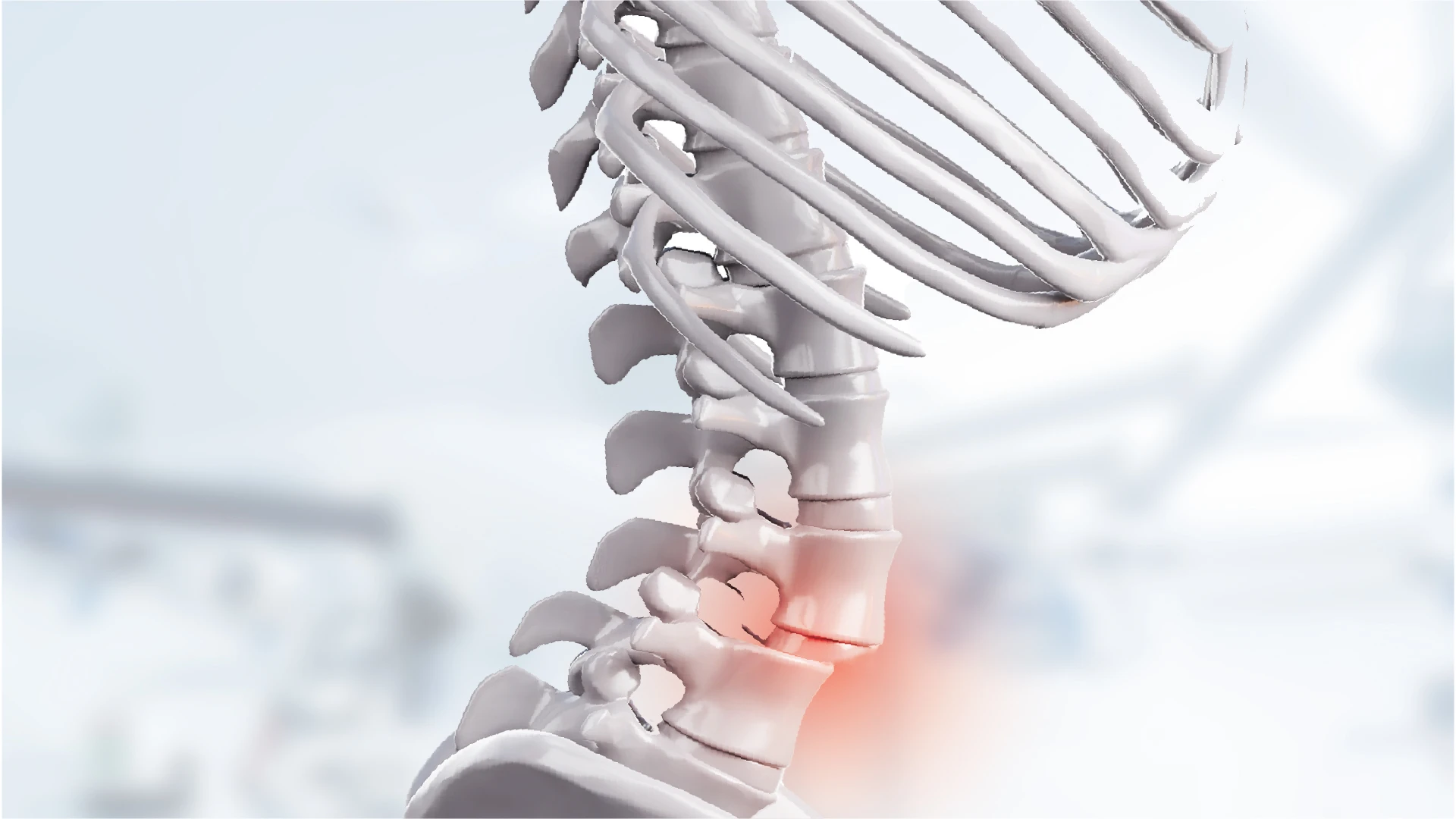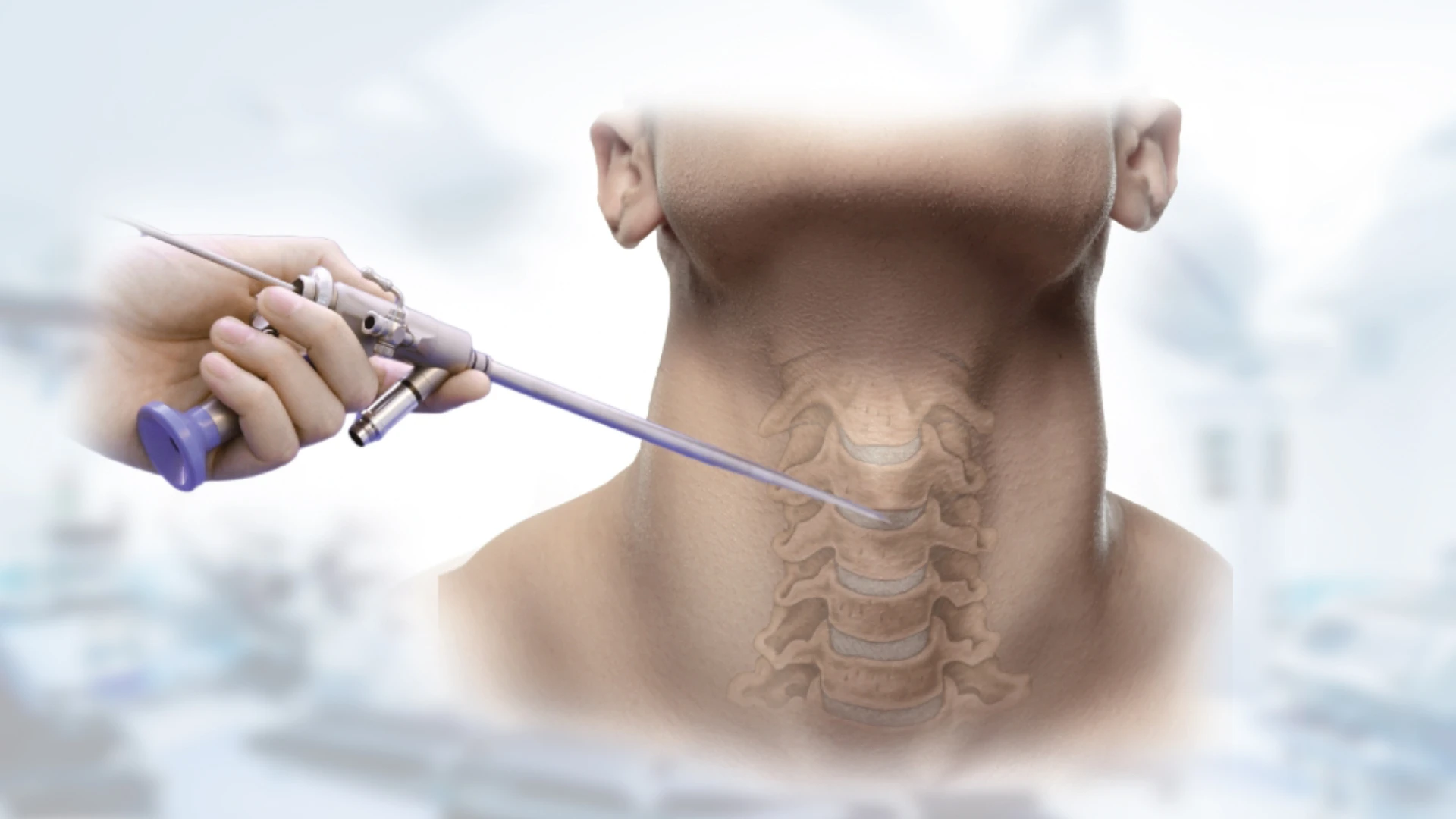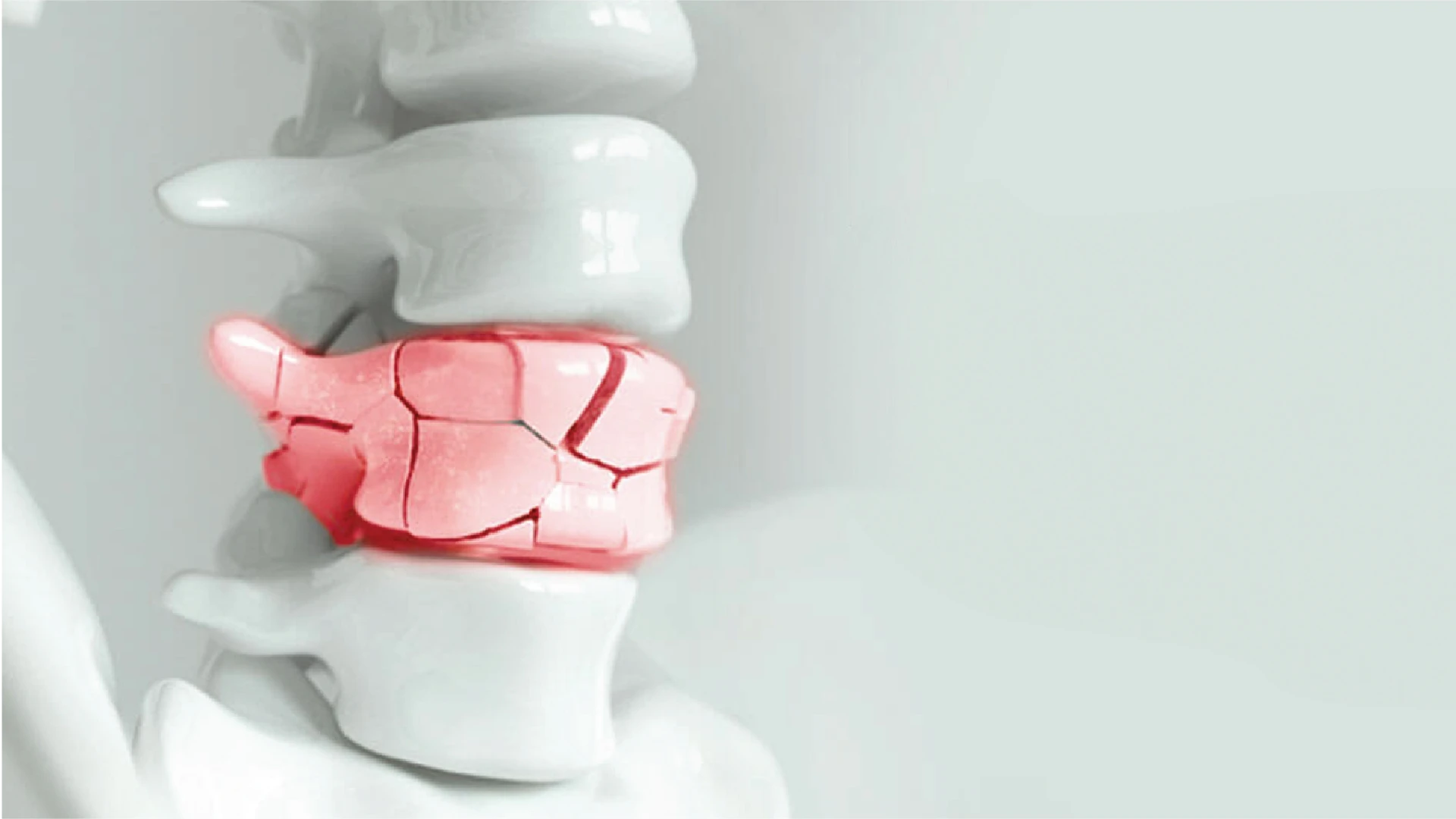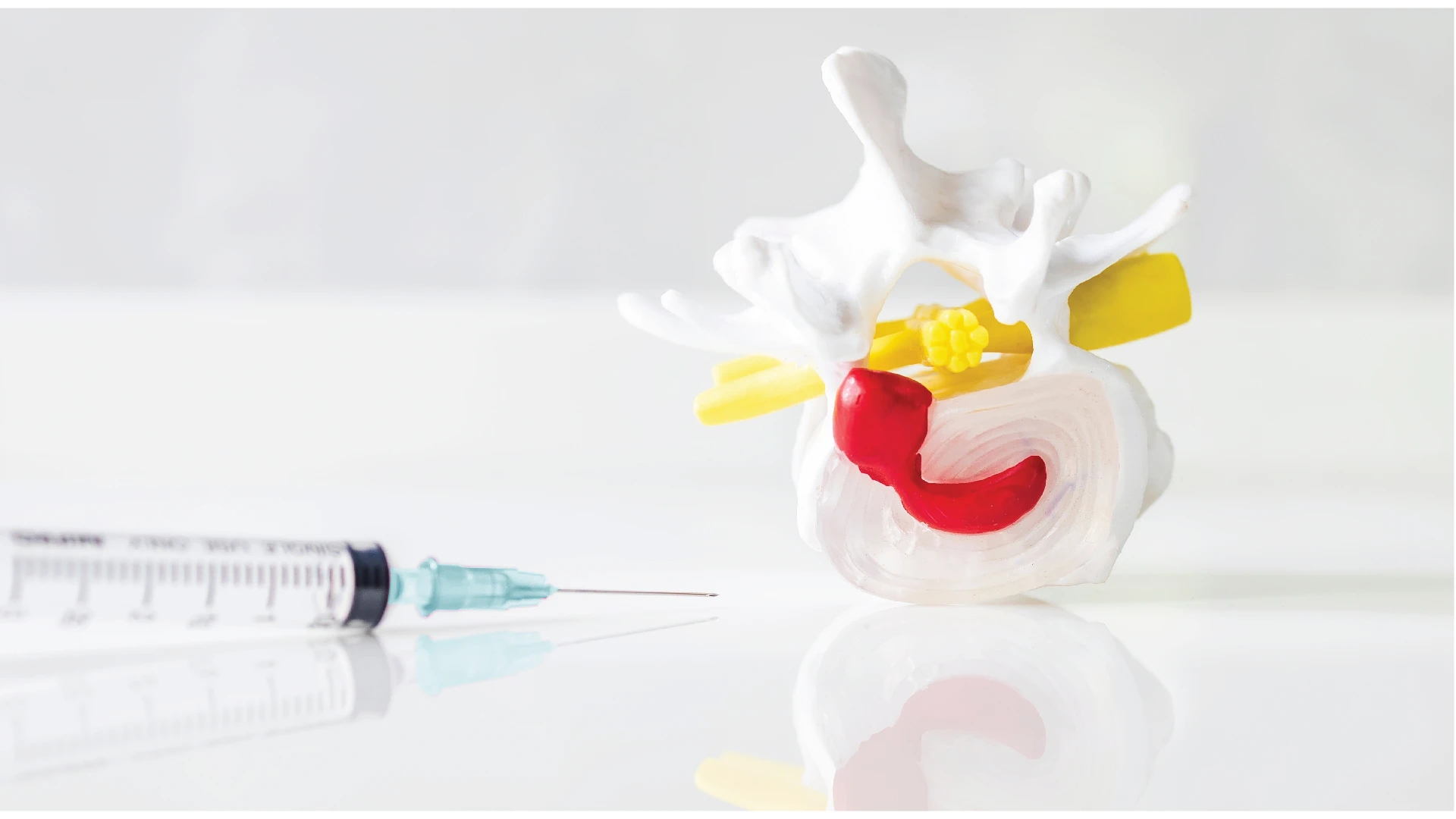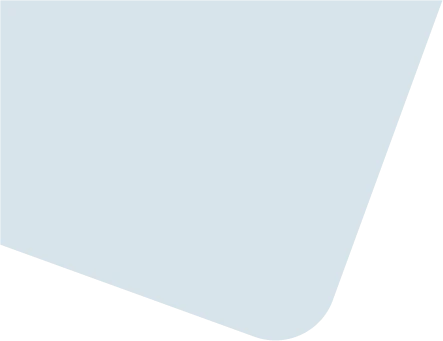

"I didn’t want it to get to the point of surgery. If there’s anything I can do to avoid that, it would be much more reassuring."
Spinal Treatment and Care
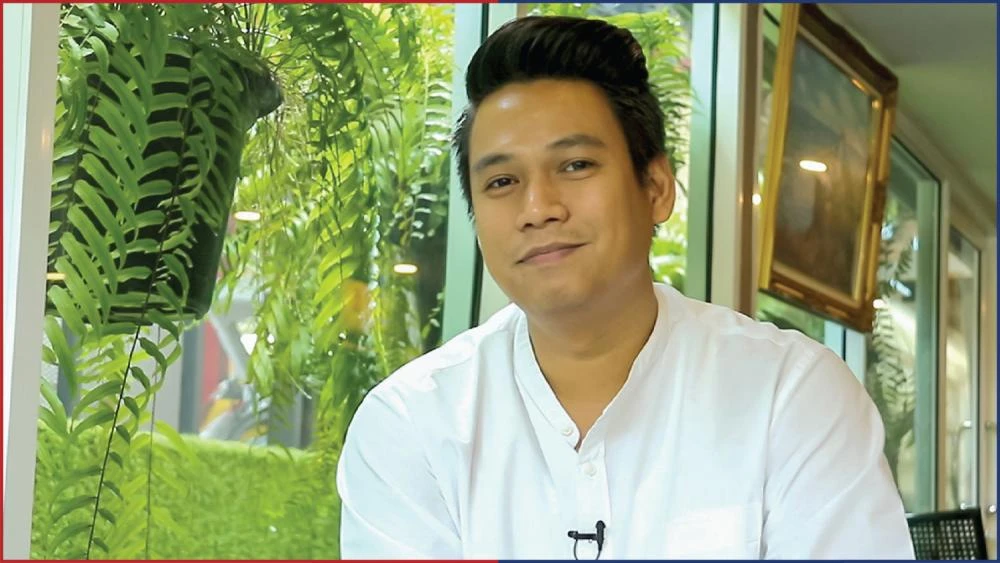
Laser Treatment Experience for Herniated Disc by Mr. Ko Chanchai
Laser Treatment Experience for Herniated Disc by Mr. Ko Chanchai
Herniated Disc Pressing on the Nerve
When it comes to back pain, most people think spinal problems only happen to the elderly or those with calcium deficiencies. Today, we share the real-life experience of Ko Chanchai Kaysit, a news anchor and TV host, who suffered from back pain caused by a herniated lumbar disc pressing on his nerve.
Back Pain Symptoms
I had been dealing with back pain for about a year. I thought it might be caused by sports or perhaps office syndrome from sitting for long hours at work.
The Cause of the Back Pain
One day I returned to the gym after a long break and did my usual weight training. Typically, it’s normal to feel sore afterward, but this time was different. That night, I woke up feeling unwell. I tried to get up and go to the bathroom but couldn’t. It felt like something was off in my spine — I couldn’t move. The pain was intense. I used my hands to slowly push myself up and kept wondering, “What’s wrong with me?” Eventually, I had to lie flat on the floor. I kept thinking maybe I overdid the workout or maybe my mattress was too sunken.
Diagnosis
I went to see a doctor and had an X-ray. The doctor said that my disc had started to degenerate. The image showed two vertebrae near my hips pressing together, as if the disc had thinned. That made it feel like the bones were grinding against each other. However, the doctor noted it hadn’t yet progressed to a herniated disc compressing the nerve.
Initial Treatment for Herniated Disc
Initially, the treatment included medication, physical therapy, ultrasound treatment at the affected area, and massage across several sessions. I had to stop heavy workouts, like lifting weights or carrying heavy objects. Swimming was allowed, and if I had to lift something heavy, I had to use proper form. On days I forgot and bent incorrectly, the pain would shoot down to my hip, sometimes even to my leg, making my leg feel tight and achy — like someone much older. It didn’t feel right for my age. So, I tried to manage the condition conservatively because I didn’t want to end up needing surgery.
Fear of Surgery
I’ve always feared surgery — especially spine surgery. In the past, back surgery involved large incisions, and I worried whether I would recover fully, or if there would be long-term side effects. These are common concerns for anyone with a herniated disc. So, if there were alternatives like laser treatment or minimally invasive surgery — something more targeted and less painful — that would be far more comforting. It would help me live more confidently, especially since I have to sit and read the news for three hours every day. My body weight puts pressure on my spine whenever I sit.
How Did You Learn About S Spine Hospital?
Someone had recommended S Spine Hospital to me a while ago, but I was hesitant. I feared the treatment would involve major surgery for my herniated disc — I had this image in my head of long, invasive incisions. And since it involved the spine, I was even more frightened. But recently, I was going about my day as usual, shopping and lifting items, which seemed fine at first. Then suddenly, the pain flared up sharply. I couldn’t take it — the back pain shot down my body. I couldn’t even sit, walking was painful, and lying down was uncomfortable. I had to keep switching sides to find a position with less pain. That’s when I decided to come in for a proper diagnosis.
How Was the Diagnosis at S Spine Hospital?
During my first visit, the doctor ordered an X-ray along with an MRI. The MRI images were very clear — not only was the disc degenerated, but it had also bulged out and was pressing directly on the spinal cord and nerves. I could see it clearly. That’s when I realized that if I continued with alternative treatments like manual stretching or realignment, it might be too risky now. The disc had already protruded quite significantly. I was already staying home because of the pain, and just taking medication wasn’t helping. From what I saw on the scan, there was no way the disc would just shrink back by itself.
Did It Take Long to Decide on the Treatment?
I asked the doctor if the treatment would be painful, what the side effects might be, how successful it was, and how big the incision would be. Once the doctor explained the laser treatment method, I decided to go for it. I scheduled the procedure right away.
How Was the Recovery After the Laser Treatment for Herniated Disc?
I had always thought surgery meant being unable to get up, feeling pain, and going through a difficult recovery. But to my surprise, after the procedure, I could get up, go to the bathroom, and walk around as if nothing had happened. I could even sit in positions that used to cause pain. Friends planned to visit me, but I had already checked out before they arrived. I stayed at the hospital for just 2 days and 1 night.
Reflecting on the Herniated Disc Experience
After a year of enduring pain, Ko Chanchai Kaysit can now return to his normal daily life. By following the doctor’s advice — avoiding heavy lifting, not sitting for more than two hours at a time, and changing positions regularly — along with engaging in low-risk physical activities, he can now stay clear of spinal problems.
Related Services

No. 2102/9 Ladprao Road, Wang Thonglang Subdistrict, Wang Thonglang District, Bangkok 10310
Call : +66 2-034-0808Our Services
Quick Menu
Copyright © 2025 S Spine and Joint Hospital. All right reserved


